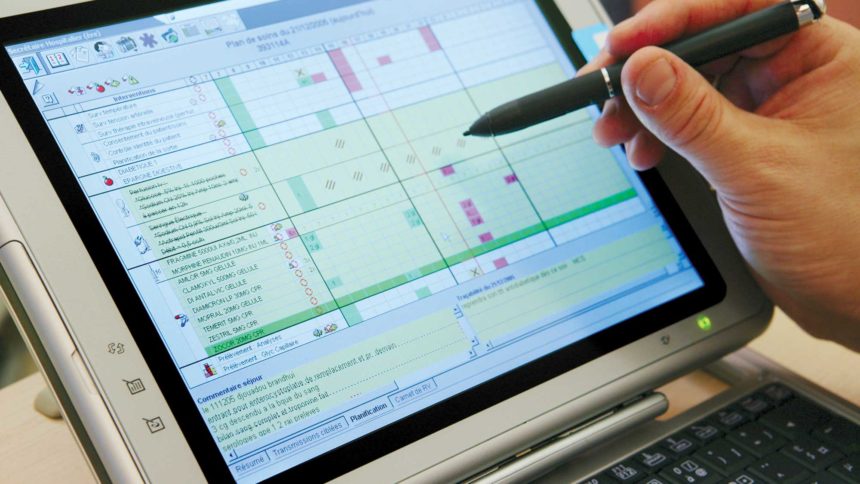
Devices and connectivity aside, data likely will be the dominant healthcare information technology issue in the coming year, experts predict.
Overall, the use of standardized data — and the ability to slice and dice it — will continue to be at the heart of federal efforts involving data collection, quality measurement and payment reforms, according to Cynthia Morton, executive vice president for the National Association for the Support of Long Term Care.
Privacy and security are pervasive in any discussion of healthcare IT, says Morton, who believes that “privacy protections and safeguarding of patients’ personal health information will be a key consideration as we move toward 2020.”
Expect important work in identifying and implementing electronic health record (EHR) software that can provide the business intelligence and data analysis needed to maximize reimbursement under the Patient Driven Payment Model (PDPM), says Andrew Carle, adjunct faculty, senior living administration at Master’s in Aging & Health at Georgetown University.
To Cheryl Field, chief product officer for Prime Care Technologies, 2020 will be pivotal for EHR access.
“The need for interoperability is the one missing piece that impacts all care coordination and goes beyond information technology,” she says.
Meanwhile, providers will face greater pressures than ever to provide the bandwidth, as well as training and support, to run a veritable explosion in smart devices — a full 50% increase — says Majd Alwan, senior vice president of technology and business strategy at LeadingAge and executive director of the LeadingAge Center for Aging Services Technologies (CAST).
Observers also predict telehealth will see a surge in interest in 2020.
The Creating Opportunities Now for Necessary and Effective Care Technologies (CONNECT) for Health Act of 2019, which was unveiled in October, would expand telehealth services through Medicare and improve health outcomes, and make it easier for patients to connect with their doctors, and help cut costs for patients and providers, Alwan says.
From the January 2020 Issue of McKnight's Long-Term Care News



